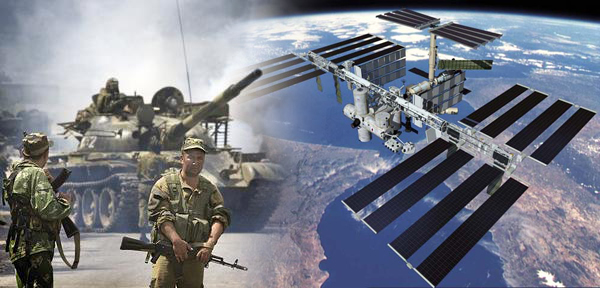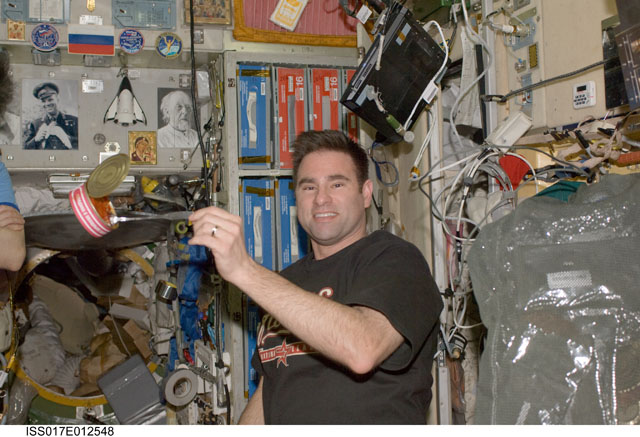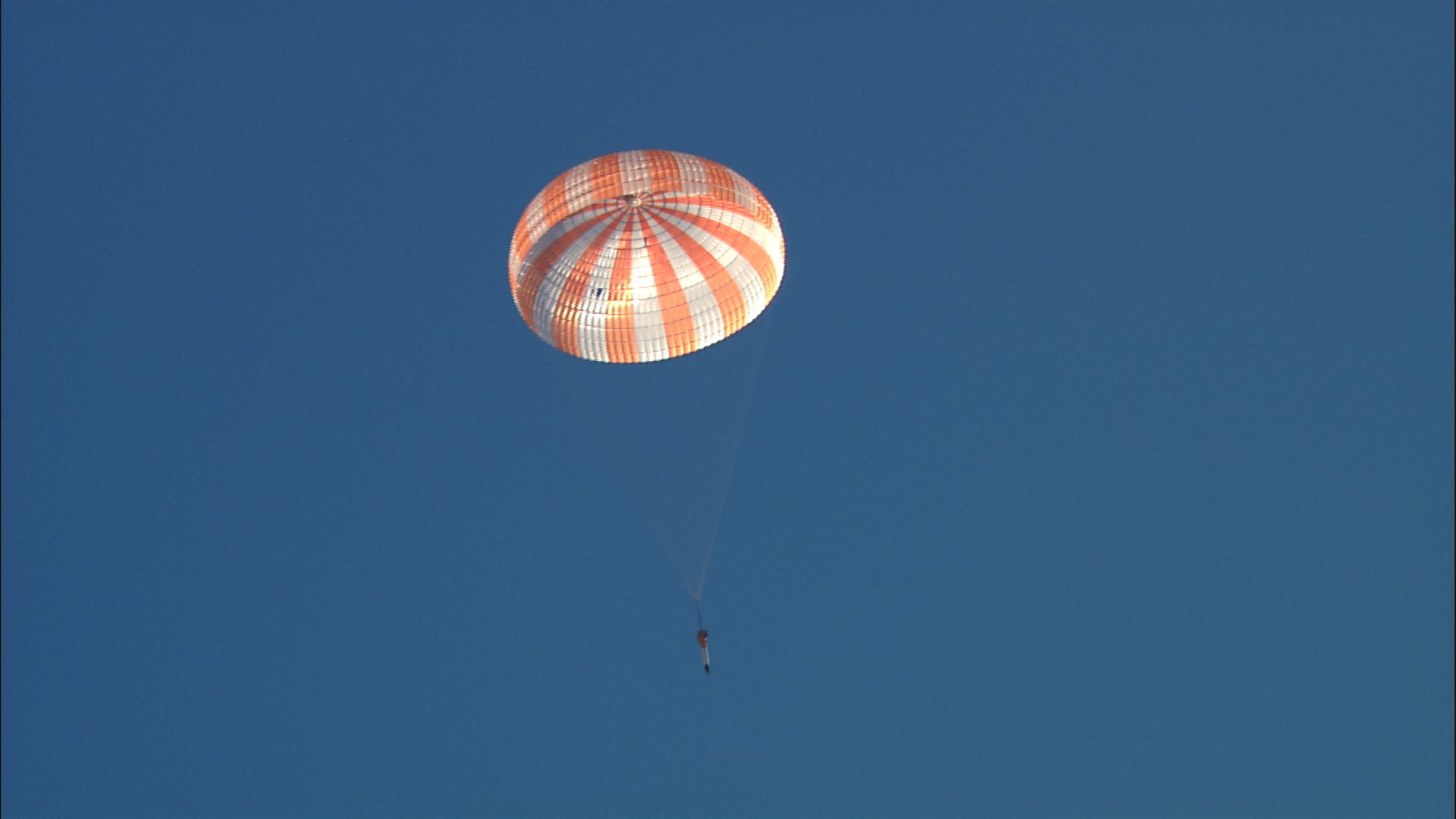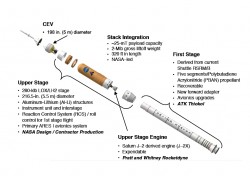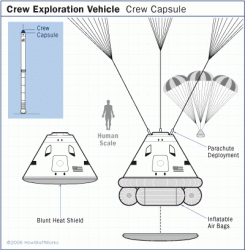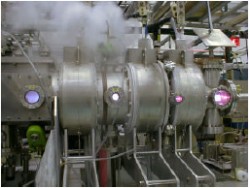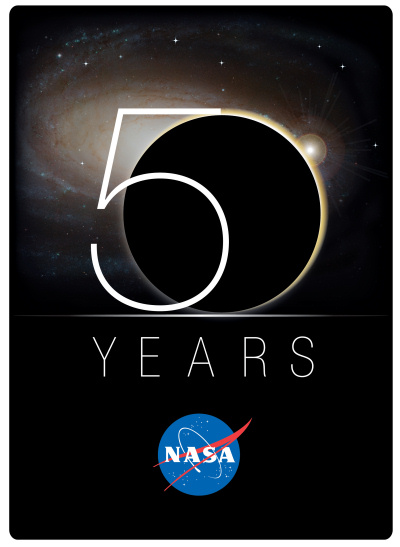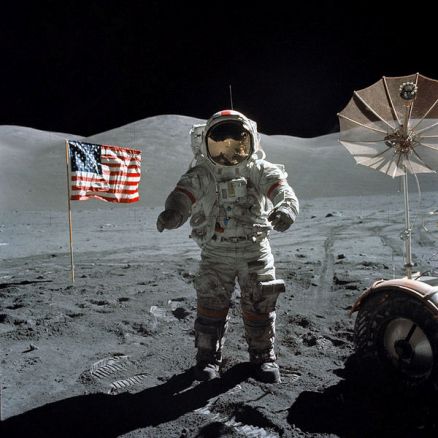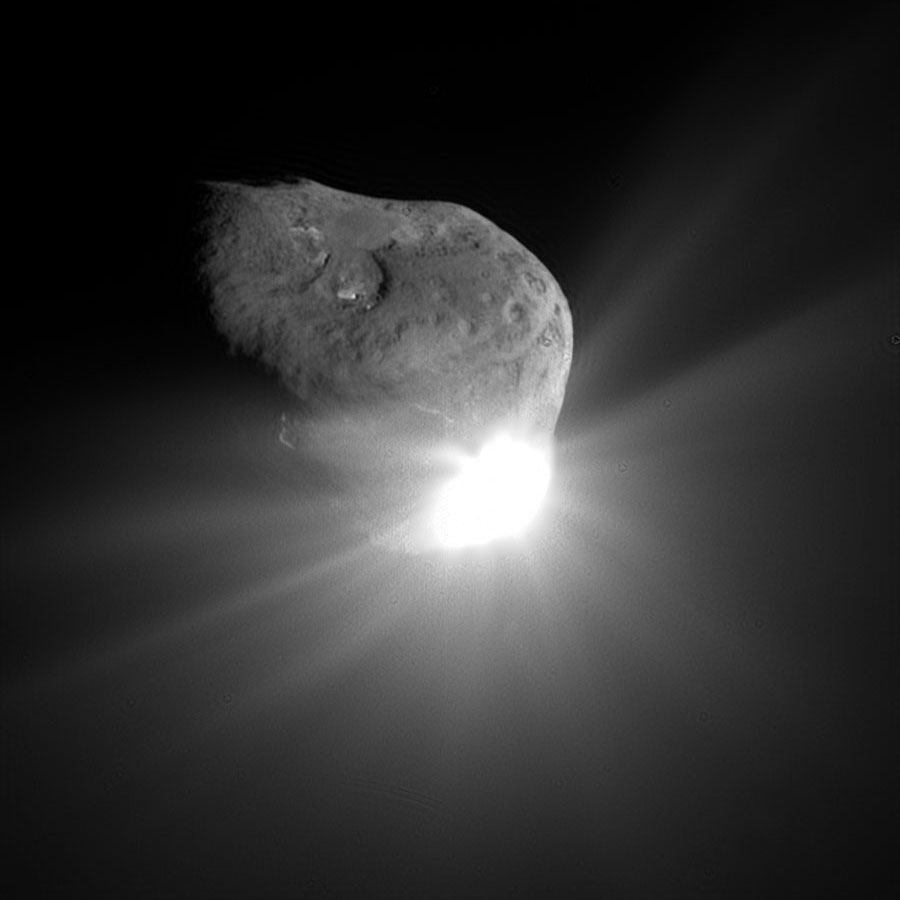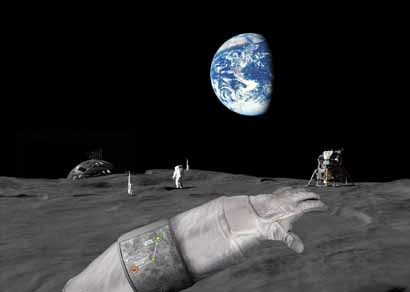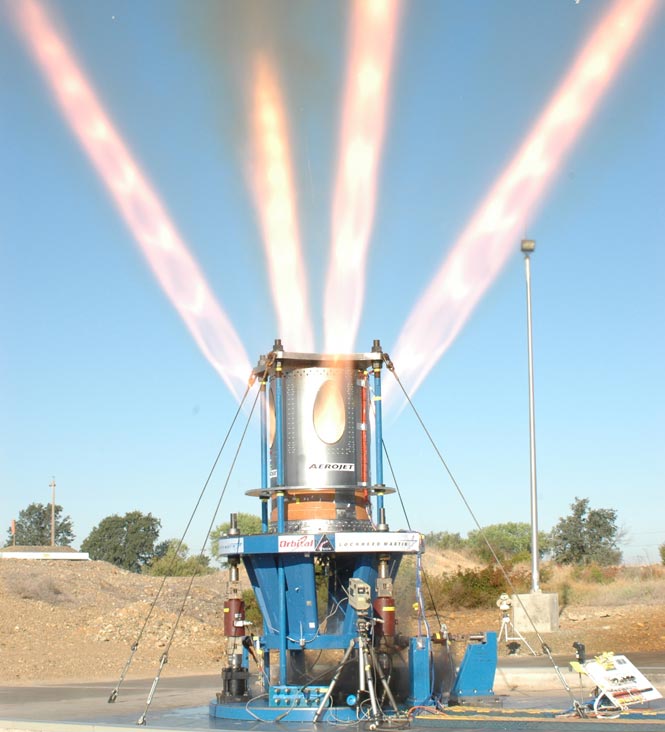[/caption]
The conflict between Georgia and Russia over the disputed region of South Ossetia may have huge consequences for NASA’s ability to send astronauts to the International Space Station in the future. The US has criticised the Russian military action, prompting concerns for the future NASA use of the Russian Soyuz space vehicle. This comes at a particularly critical time, as concerns were already high due to the Shuttle decommissioning in 2010. The US is only allowed to use Soyuz up until 2011 as that is when the exemption from the Iran Non-Proliferation Act runs out. If US-Russian relations turn even more sour, an extension to the exemption may not be allowed, freezing the US out of any involvement with routine manned access into space. US Senator Bill Nelson (Democrat), an outspoken critic of the government’s funding of the US space program, has brought these concerns to light blaming the Bush administration for an over reliance on Russia for future space access…
The Iran Non-Proliferation Act of 2000 was signed by US Congress as a means to encourage Russian involvement in the nuclear ambitions of Iran to cease. The Act restricts US funding to Russia by limiting all purchasing of technology and services relating to the Space Station. A waiver was granted to NASA so the US could make use of the Russian Soyuz space vehicle, and it was hoped that the waiver would be renewed in 2011 so the US could still have manned access to space during the “5-year gap” between Shuttle decommissioning and Constellation completion. However, the lawmakers in Congress will be very reluctant to renew the waiver if relations between the US and Russia degrade, throwing NASA into a very difficult situation once the Shuttle is mothballed. This concern has been amplified since the military action in the disputed region of South Ossetia in Georgia, a US ally.
Regardless of whether the waiver gets renewed, Senator Nelson is deeply suspicious of Russia’s intentions when NASA will need to take Soyuz flights after 2010. Deteriorating US-Russia politics may result in “Russia denying us rides or charging exorbitant amounts for them,” he said on Tuesday. In response to the problem with the renewing of the Act waiver in light of the recent Georgia violence, he stated:
“It was a tough sell before [to Congress], but it was doable simply because we didn’t have a choice. We don’t want to deny ourselves access to the space station, the very place we have built and paid. It’s going to be a tougher sell now unless there are critical developments during the next 48 to 72 hours.” – US Sen. Bill Nelson
So have there been any critical developments in Georgia? Today, US Defence Chief Robert Gates warned that relations between the US and Russia will be damaged “for years” if Russia does not step down from aggressive operations in the region. The Russian Foreign Minister Sergei Lavrov responded by saying the rebelling Abkhazia and South Ossetia regions will never integrate back under Georgian rule. He also stated that the military has started to hand back the Georgian town of Gori, although a military presence will remain. So no, although the brunt of the military action by Russia appears to have calmed, there will still be huge pressure on the region and innocent civilians will be caught in the middle for some time to come.
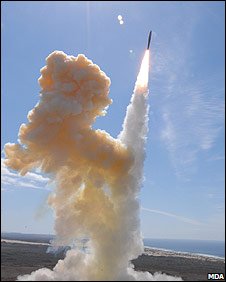
As if to make matters worse the US and Poland have just signed a defence deal, hosting part of the US missile shield to protect against rogue states launching missiles into Europe and the US. Russia has outright rejected the US proposal, saying that a US controlled system near its border will destabilize the military balance in the region. Today’s signing will only contribute to the tension between the two nations.
For further details on the US-Poland missile plans, see Poland “agrees” to host controversial US missile defence system.
Nelson strongly believes the Iran Non-Proliferation Act waiver is “dead on arrival. Nobody thinks it’s going to happen, and the reality is there is no back-up plan for the space station.” Many critics believe the Act will have a self-defeating effect as it will stop NASA from accessing the $100 billion ISS investment. “There will be consequences not just for Russia but for the U.S. too,” Nelson added.
Sources: Florida Today, Orlando Sentinel, BBC

